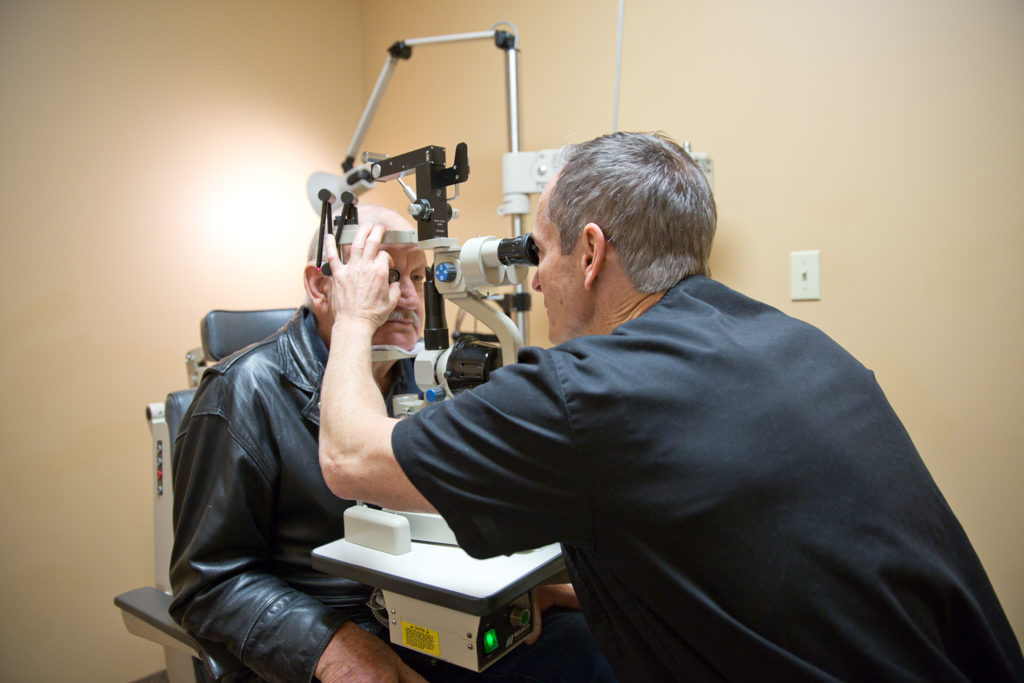A cataract is a clouding of the lens in the eye that affects vision. Mostly, cataracts develop naturally as people age. In fact, by age 80, over 50% of Americans either have a cataract or have had cataract surgery.
There are three areas of the eye where cataracts commonly develop:
- Nuclear cataract (center of the lens)
- Cortical cataract (edges of the lens)
- Posterior subcapsular cataract (back of the lens)

As ophthalmologists, we pay close attention to patients who spend a lot of time in the sun without protective eyewear or who have a profession, such as welding, with extreme heat exposure, as they are more likely to develop cataracts.
Anyone is susceptible to developing cataracts, so there are a few things you should do to minimize your risk for developing them.
Cataract Prevention
Take these precautionary steps:
- Always wear sunglasses in the daytime or when exposed to bright light, such as when you are at the dentist.
- Wear sunglasses or a wide brim hat when outside.
- Quit smoking.
- Schedule routine eye exams.
Cataract Treatment
If you do develop cataracts, they can be taken care of with surgery. Cataract surgery is an outpatient procedure with a 99% success rate. It’s actually one of the most common operations performed in the United States.
Cataract surgery has a high patient satisfaction rate. One of the fringe benefits of cataract surgery is that many patients can enjoy high quality vision without glasses.
Your doctor will replace your existing lens in the affected eye(s) with an artificial lens. A cataract only needs to be removed when your vision impairment interferes with your everyday activities, such as driving or reading.
Contact a medical eye doctor immediately if you notice hazy pupils in yourself or a loved one. This could be a sign of cataracts or another serious eye condition.





